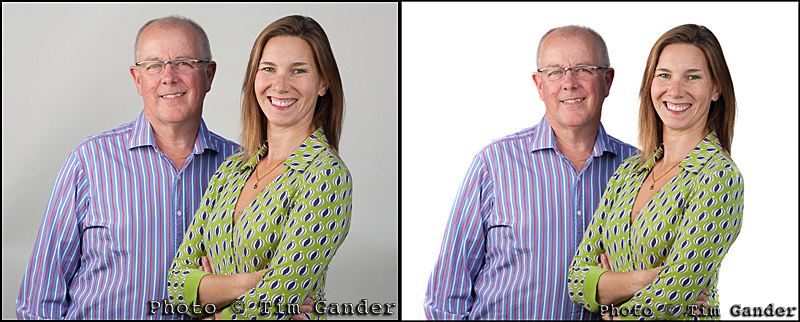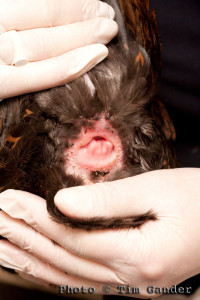I’ve written before on the subject of Photoshop, the pitfalls, dangers and terrors, but “meh”, nobody listened so I thought I’d show a recent example of where I have used some photo manipulation to benefit the final photo.
You see when I shoot for corporate clients, I prefer to get things pretty much spot-on in the camera, rather than taking any old muzzy smudge and hoping I can sort it all out later on the ‘puter. I have heard tales of “professional” photographers who work this way, and it tends to end in tears and a lot of wasted CEO/staff time, not to mention the wasted marketing budget, because by the time somebody has spotted that the Emperor’s new clothes are in fact a figment of the imagination, the cheeky little monkey with the winning smile and the expensive looking camera has caught the next plane to Rio with the company cheque already safely banked.
I digress; back to Photoshop, or to use the verb form, “photoshopping”. Not to be confused with the act of shopping for photos.
In the case where I was asked to get a website cover shot for Clucas Communications the brief was to get a double portrait of Peter and Sibylle Clucas against a white background so the designer could either leave the subjects against white or undertake a cutout more easily. In the event the final shot is used as a cutout against a white page, which works well.
That would seem easy enough, except that the shooting conditions were tricky (to get enough space we ended up setting up the shot outdoors with portable background and lights), so these were not perfect studio conditions. My one compromise then was that I knew I could get the background white-ish, but it wouldn’t be fully white as if we were in the studio with perfect lighting.
Below are the results, and the sharp-eyed among (amongst? amo amas amat?) you will notice that pretty much all I’ve done is go at the background with the dodge tool to lighten the highlights (only affecting those areas which are already almost white) to achieve a perfect whiteness any soap manufacturer would be proud of.
And despite the fact that most weeks I’ll have to listen to some smart Alec or Alice telling me what I can fix in Photoshop, I still stick to the principle that for my work, Photoshop is great for removing the dust spots that are the curse of the digital SLR and correcting the odd colour cast and generally preparing an image so that it is technically viable for either print or web. I’m not going to make a rainy day sunny, or drop the Taj Mahal into the background to make the view from your office window look more interesting. If that’s what you’re after, you’ll be wanting a different breed of photographer. One that will probably be in Brazil by the time you realise those “interesting” photos are in fact junk.



